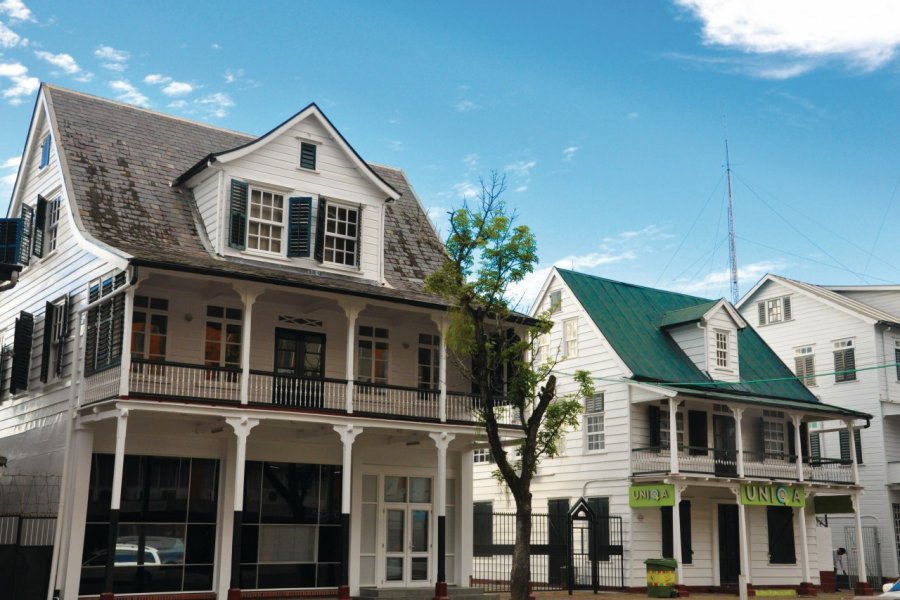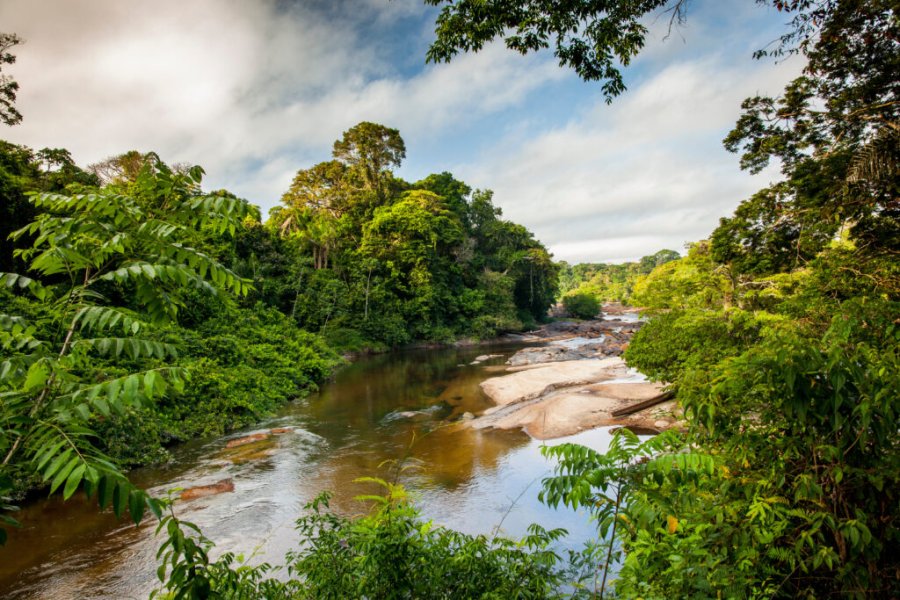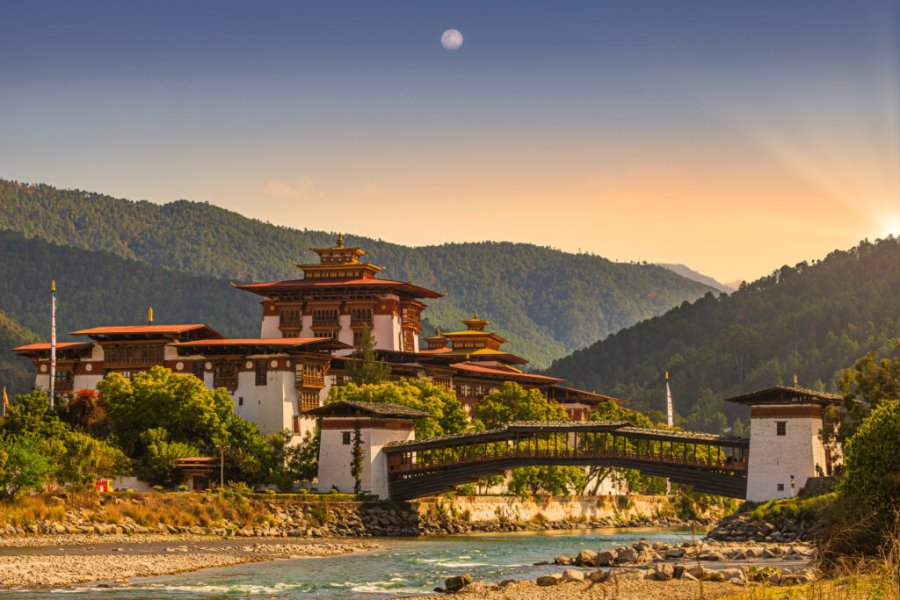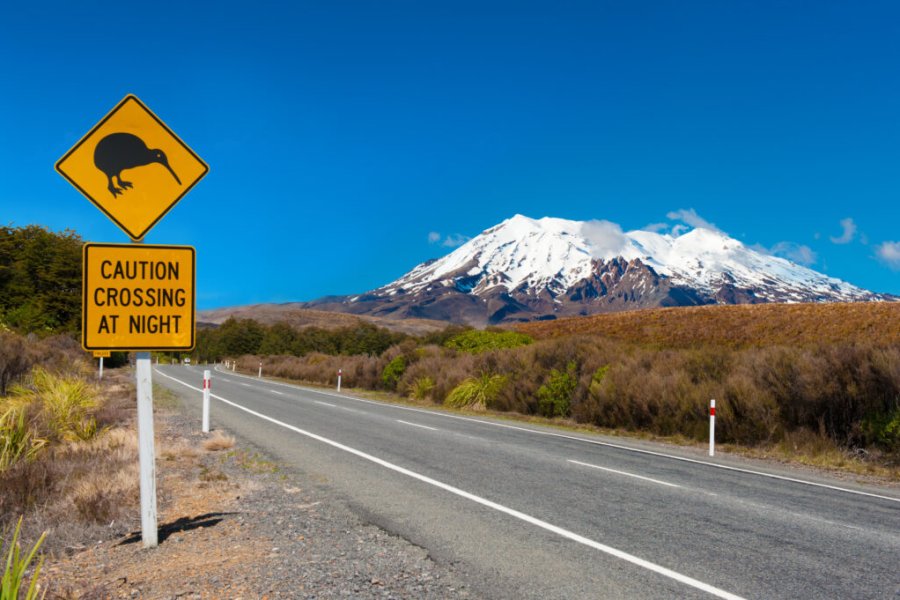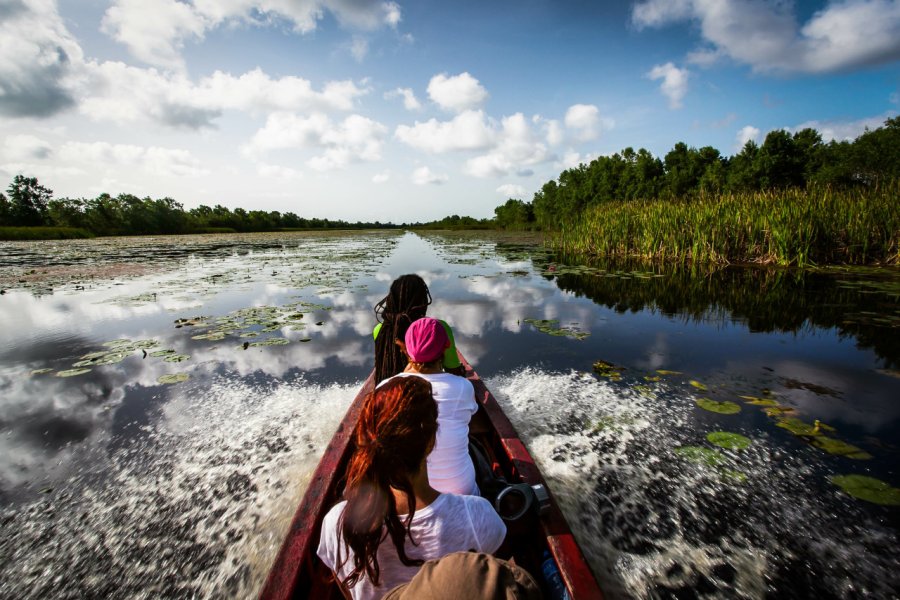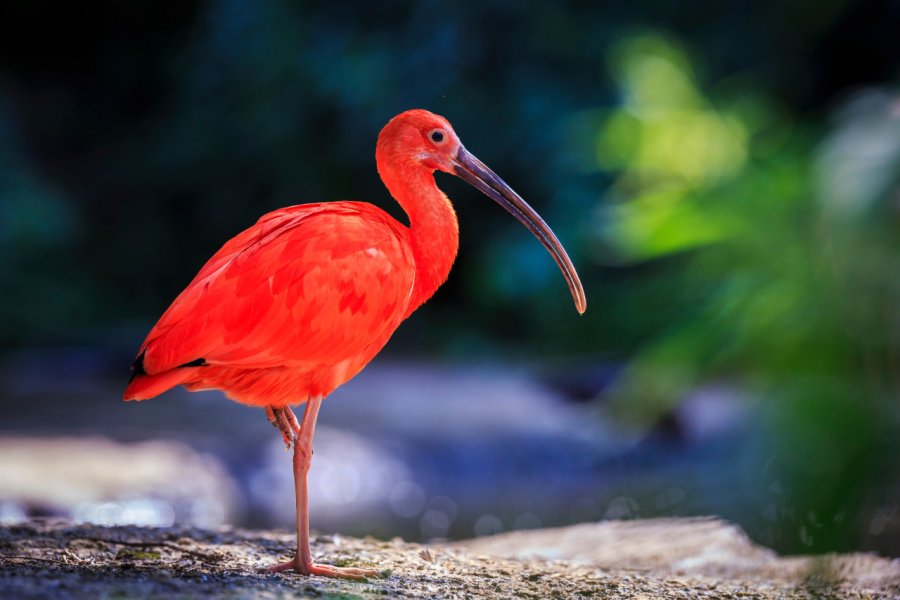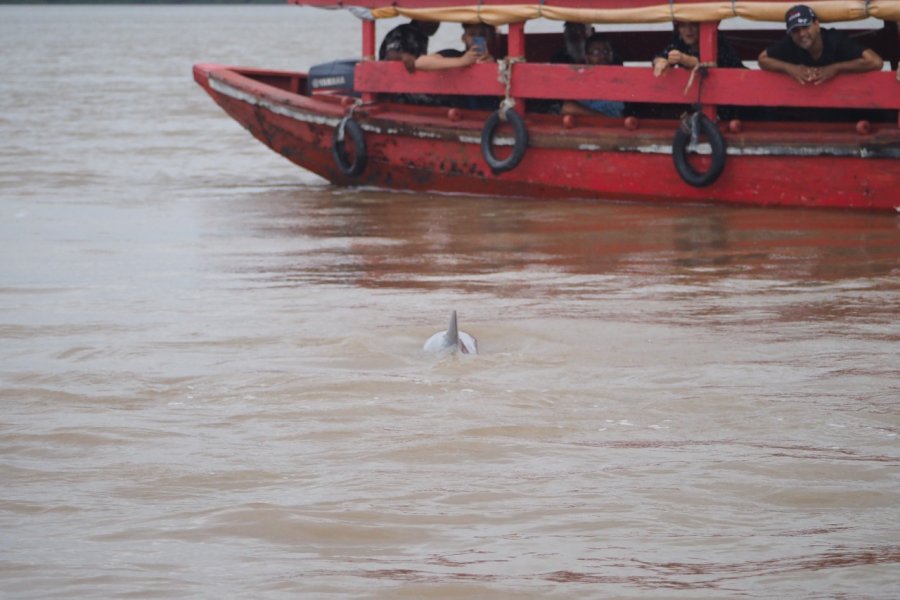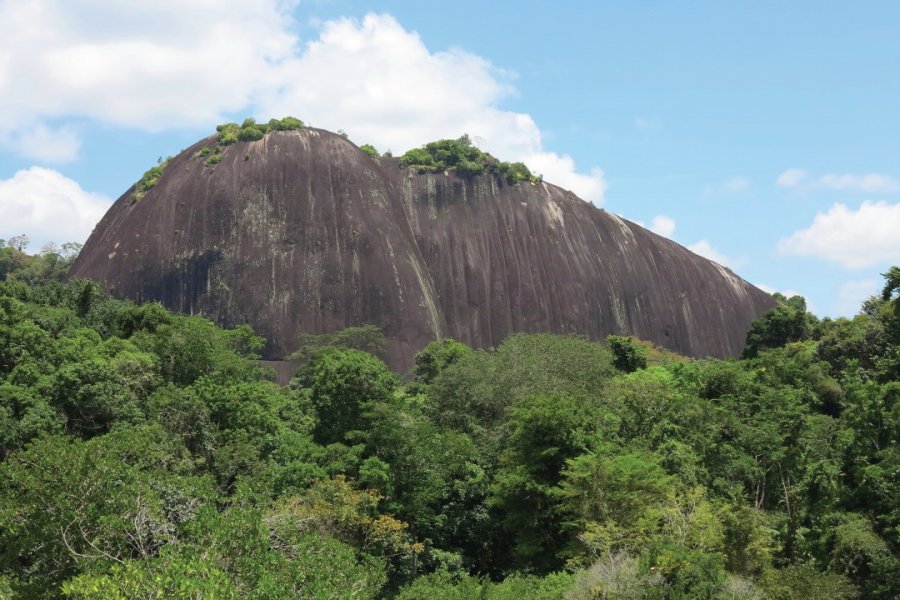Travel guide Suriname
Do you know theformer Dutch Guyana? Suriname, that tiny, little-known country in South America? Nestled between Brazil and French Guiana, it boasts incredible biodiversity and fascinating cultural diversity.
With the majestic Amazon rainforest covering 95% of its territory, Suriname is a paradise for nature lovers. This green sanctuary is home to ecological treasures, nature reserves and parks, prized by researchers and explorers alike. But that's not all: from the unspoilt beaches of Galibi, where leatherback turtles come to lay their eggs, to the majestic mangroves of Bigi Pan, populated by red ibises, each ecosystem is a marvel to behold. The program includes long canoe trips up the rivers, fishing for giant catfish and discovering the maroon villages scattered along the banks, where the sound of drums still resounds. This true ecological sanctuary boasts numerous reserves and parks, such as the Raleighvallen Conservation Center Nature Reserve, where nature lovers can listen to the song of the black cacique or observe the fascinating rock cock. Our Suriname tour guide will take you to the country's most beautiful hotels and guesthouses, as well as its most incredible sites.
Suriname is also distinguished by the richness of its multicultural, polyglot people. A melting pot of cultures, from Hindustani, Creole, Amerindian and Javanese to descendants of Dutch settlers and African slaves, live together peacefully. To meet these communities is to immerse yourself in their age-old traditions and understand their symbiosis with nature, like that of the Amerindians of the deep forests or the Black-Browns of the rivers.
The heart of the country also beats to the rhythm of its capital, Paramaribo, whose colonial architecture is reminiscent of Louisiana. The city, a UNESCO World Heritage Site, is not just a testimony to the past. It's alive and kicking, with world-famous restaurants like the warungs, small Javanese establishments, a lively nightlife and casinos for all to enjoy. Fort Zeelandia, a witness to colonial history, and the Keizerstraat mosque, next to a synagogue, illustrate the country's cultural mix.
Don't miss Nieuw Nickerie, the second largest city, located near the border with Guyana. It's the ideal starting point for exploring the Nickerie district, with its vast rice fields and Bigi Pan, a birdwatcher's paradise. Albina, meanwhile, is the gateway to the magnificent Marowijne River, offering opportunities for unforgettable pirogue rides .
Suriname, small in size but big on surprises, awaits adventurers in search of the unusual.
What to see, what to do Suriname?
-
Book an activity
-
Customized travel
- The most beautiful cities Suriname
When to go Suriname ?
When is the ideal time to discover Suriname, with its lively dances and lush Amazon rainforest?
Suriname has a typically equatorial climate: heat and humidity are the order of the day, with temperatures fluctuating between 20 and 30°C. There are two main seasons:
The first, which is milder, runs from late August to mid-November. If you're looking for mild weather, September and October are ideal.
However, the rest of the year, from mid-December to mid-August, the country experiences heavy rainfall. May and June are particularly wet, especially in eastern Surinam and the southern highlands. However, there is a respite between February and April. The rains are intense but not continuous. In the forest interior in particular, rainfall reaches 400 mm in May and June. In comparison, the northwest is a little less humid than the south and east, near French Guiana. If you're wondering when to discover Surinam, aim for the dry season for the best experience!
If you're dreaming of partying, opt for February or March - it's carnival time! Imagine yourself strolling the streets alongside the locals in their flamboyant costumes.
May to mid-August is the time to get away from it all! The days are clear, the sun is shining and the whole country seems to stretch out to welcome you. It's the perfect time to explore, but don't forget, the popularity of this period means slightly higher fares.
If you're more of a bargain-seeker and a little less crowded, August to November is your time! Yes, September is likely to be wet, but don't forget the superb landscape photos in the rain!
For a sweet end-of-year escape, mid-November to the end of January offers a great window of opportunity. The weather is mild, just before the rain starts dancing again.
Suggested addresses Suriname
Travel Suriname
-
Find a hotel
-
Car Rental
-
International e-SIM package
-
Find a local agency
Ouverture à rédiger.
Relire les idées de séjour et envoyer les modifications (s'il y en a) à Pierre-Yves
Find unique Stay Offers with our Partners
How to go Suriname
How to go alone
Travelling alone in Surinam is a singular experience. A country still largely unknown to traditional tourist circuits, it offers a rare authenticity. In Paramaribo, its capital, the rich colonial heritage is revealed around every corner. The tropical forests offer privileged encounters with exceptional flora and fauna. However, caution is advised, especially if you venture into remote areas. Preparing your itinerary well, asking the locals for information and respecting customs are essential. Alone, every interaction becomes an adventure, every discovery a unique memory. Surinam is an invitation to explore for solitary souls in search of the unexpected.
How to go on a tour
Suriname is an ecological treasure trove: opt for tours that highlight these riches, such as excursions to Brownsberg Nature Park or the Brokopondo districts. The country is also a blend of African, American, Javanese and Hindu cultures. Choose agencies that immerse you in this diversity, with visits to Maroon villages or local cooking sessions, for example. Paramaribo's historic center is a UNESCO World Heritage Site. Make sure your trip includes a visit to this area, as well as pirogue excursions or fishing trips. Sranan Tongo is widely spoken. A short introduction to this language will enrich your trip. Opt for agencies that work with local businesses. This not only supports the local economy, but also guarantees an authentic experience. Plan a means of communication with the agency or guide outside business hours, in case of emergency or need. And before committing yourself, read the feedback from previous travelers. This will give you an idea of what to expect!
How to get around
To get around Suriname, here are the means of transport you can use:
Buses, known locally asbussen"are one of the most popular ways of getting around Paramaribo.
In a country crossed by many rivers, getting around by water is a must. Pirogues, or"boten", are used to go from one bank to the other or to visit more remote areas less accessible by road.
Cabs are available in urban areas.
To explore the country, rent a car, but be careful during the rainy season, and be aware of the local way of driving!
Finally, for travel between towns or regions, there are"dienstbussen", a kind of minivan, which, although a little more expensive than traditional buses, offer a faster, more direct service.
Whatever you choose, always keep your budget in mind and look after your safety. And enjoy every mode of transport that offers a unique perspective on this surprising country.
Featured articles Suriname
Discover Suriname
This tiny South American country isn't exactly known for its tourist appeal... And yet, it would be wrong not to! Suriname offers you the chance to venture off the beaten track and discover the sublime Amazon rainforest, with its wealth of treasures. Nature lovers will be delighted with the national parks and nature reserves, where you can observe an incredibly diverse range of flora and fauna.
A multicultural country where different communities coexist peacefully, Suriname is also a perfect destination for history buffs, who will discover its rich cultural and architectural heritage with Dutch colonial monuments. Finally, Surinamese cuisine is a taste experience in its own right, blending Indian, African and Asian influences.
Pictures and images Suriname
The 12 keywords Suriname
1. Art and Crafts

Whether Creole, indigenous, Indonesian or Saramaca, Suriname offers a wide variety of handicrafts. The same is true of its artists, who come from a wide variety of ethnic backgrounds. The town of Moengo is fast becoming a showcase for Surinamese art, with open-air sculptures from all over the world.
2. Aboriginals
They are the oldest inhabitants of Suriname and today represent almost 4% of the population, or around 23,000 individuals. The territory is home to at least 9 ethnic groups: mainly the Arawak and Carib, followed by the Akurio, Tiriyó (Trio), Wayana, Tunayana, Katwena, Mawayana and Sikiana.
3. Sotalie dolphin

This friendly creature can be seen at the mouth of the Suriname River, near Paramaribo. There are two distinct species: the Tucuxi(Sotalia fluviatilis), a pink dolphin found in the brackish waters of the Amazon basin, and the Guianan dolphin(Sotalia guianensis), more commonly found on the Caribbean and Atlantic coasts from Nicaragua to Brazil.
4. District
Since 1985, the country is divided into 10 districts: Paramaribo the densest, Wanica the smallest, Sipaliwini the largest, Brokopondo, with its magnificent Brownsberg reserve, then also Coronie, Saramacca, Nickerie, Commewijne, Marowijne, and finally Para, the richest district, where the bauxite, diamond and gold reserves are located..
5. Inselberg

This term, meaning "island-mountain" in German, designates an isolated rock emerging from the forest. The country has several of them, more or less accessible and of varying heights. These miniature mountains would have been created by erosion and offer an incomparable view of the canopy while also allowing bird watching.
6. Keti Koti
This is the day celebrated in memory of the abolition of slavery, decreed by the Netherlands on July1, 1863. Since then, this date has been a holiday in Suriname and flowers are laid in front of the Kwakoe monument, a bronze statue of a slave with broken chains who resisted and tried to escape several times.
7. Black-brown
Also called Bushinengués, they are the descendants of West African slaves who escaped from the plantations, having "marooned". They took refuge in the interior, along the rivers, and formed different communities, six of which still exist: the Matawai, Aluku (or Boni), Kwinti, Saramaca, N'djuka (or Auca) and Paramaca.
8. Pangi
A true traditional black-brown garment, pangi is a colorful madras fabric with sewn-on motifs. These fabrics are very popular on the river, and each model is unique. During traditional festivals, the bright colors of the many pangi illuminate the villages and bear witness to an extraordinary cultural richness.
9. Roti
A very popular dish in Suriname, of Indian origin: an Indian bread (roti) served with a filling (chicken, beef, duck or egg) in a curry sauce (masala), with potatoes and green beans. The vegetarian version is also very good. To be enjoyed in all regions: it is the local dish par excellence.
10. Sulas
One of the characteristics of the Surinamese landscape is its sulas, or jumps. They are formed where the river widens and where there is a difference in level, but without exceeding 10 meters in height, which is why these jumps are not waterfalls. The island of Palawa, on the Tapanahony River, is one of the first formations of rapids.
11. Leatherback turtle

The leatherback turtle, or Dermochelys coriacea, is the largest species of sea turtle, fully protected, weighing about 500 kg for 1.80 m. The beaches of Matapica as well as those of the reserve of Galibi welcome thousands of females each year, between April and August. The egg-laying is a spectacle not to be missed under any pretext.
12. Winti
Winti is an Afro-Surinamese cultural and religious tradition present among the Black Maroons, Creoles and Amerindians. Originally from Africa, it is the result of the fusion of different traditions brought by slaves from different tribes and ethnicities and developed under the Dutch Empire.
You are from here, if...
You regularly eat a roast for lunch (without neglecting the flavors of Suriname's other cultures: Javanese, Chinese, native and Indian dishes...).
You've been up the river in a pirogue, discovering the interior and the native and black-brown ethnic groups.
You are familiar with Surinamese art (exhibited in galleries in Paramaribo and Moengo).
You know how to recognize the local fauna: birds, monkeys, insects and felines (if you've been lucky enough to come across any!).
You've climbed to the top of an inselberg and contemplated the immensity and richness of the Amazon rainforest, rediscovering that feeling of adventure and freedom.
You're not afraid of jungle excursions (provided you're well equipped: hiking boots, mosquito repellent, sunscreen, etc.).
You know Paramaribo'shistoric center and the surrounding area like the back of your hand (bike rides through the plantations and pink dolphin watching at sunset).

